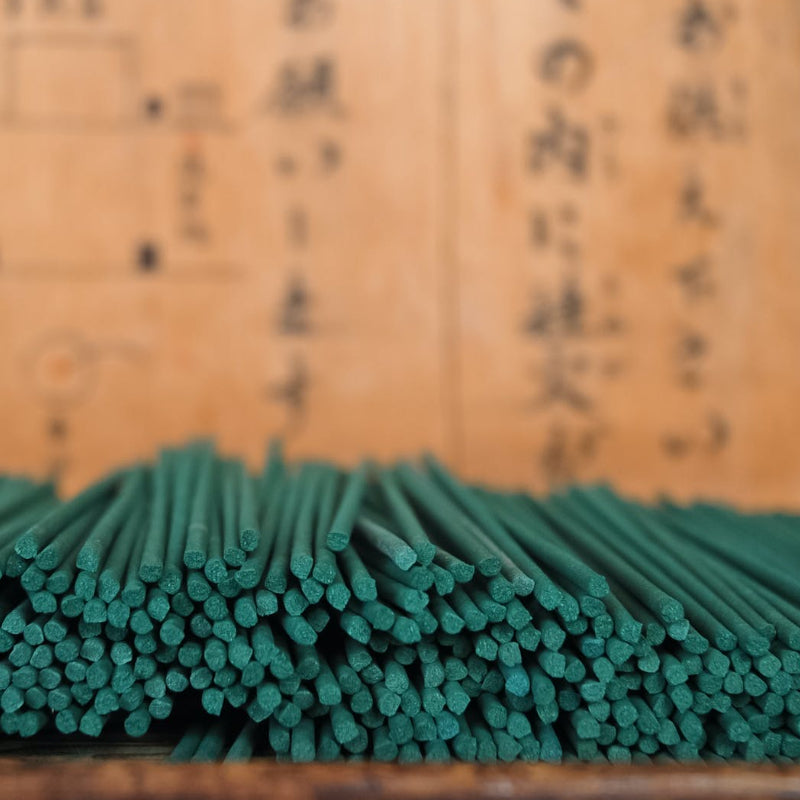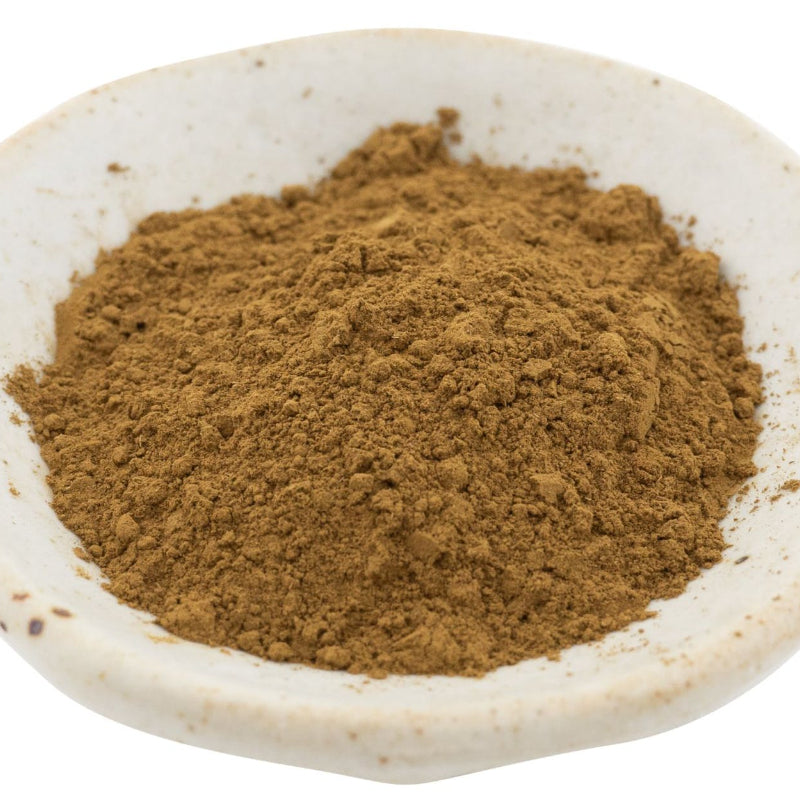The man with the Yabukita plan
MAN WITH THE YABUKITA PLAN
Yabukita is Japan’s most common tea cultivar and counts for over 75% of all the harvested tea in the nation.
The bushy, high-yielding plants, with large, deep-verdant leaves, are hardy and easy to cultivate across terrains. But Yabukita’s dominance in Japanese tea pots is really down to its unique, enigmatic aromas and that naturally balanced tang on the tastebuds.
Hikosaburo Sugiyama is directly responsible for that taste sensation. By all accounts (in fact, sadly, there aren’t many accounts of his life) he was an amiable and inquisitive man with an iron-clad work ethic when it came to tea growing.
During the late 19th and early 20th century, Hikosaburo’s family ran a traditional Chinese medicine clinic alongside a sake brewery and a small tea estate in the village of Yuta on the outskirts - now a developed suburb - of the city of Shizuoka.
His brother followed his father into traditional medicine, Hikosaburo was drawn to an outdoor life on the plantation and in 1908 his chosen vocation would become an obsession to create the ‘perfect’ tea by solving an age-old problem.
The issue with green teas at the time was, as Hikosaburo saw it, an inconsistency of flavors brought about by old fashion ad-hoc agriculture.
Traditionally, seedlings of various cultivars were planted at different times, growing at different rates, and, basically, left to their own genetic devices. When it came to the early, mid, and late harvests, Hikosaburo noted, the leaves were always going to be at different stages of maturity
By breeding a new cultivar, reasoned Sugiyama, you could plant, grow and harvest the trees at the same time and then enjoy a uniform flavor.
BEATING AROUND THE YABUKITA BUSH
Hikosaburo’s mission to develop the perfect tea cultivar was a labour of love that took years of patient observation not to mention some eccentric research methods
He would obsessively trawl through his tea fields - and even trespass into the estates of his rivals under cover of the night - looking for the right leaves. Sometimes he’d even ‘commando’ crawl, on his belly, through the groves to find the best samples hidden deep in the bushes.
When he found sprigs that interested him, he’d pluck them, smell them, put them in his mouth, bite down and chew hard on the raw leaves, sometimes chipping his teeth in the process.
His criteria were simple enough - if the leaves had a certain sweetness they made the grade. If they were bitter or astringent - the whole plant was pulled out and trashed.
Sugiyama didn’t just stay local. He extended his search across Japan, onwards to Okinawa, and into Korea. This was at a time of minimal transport - road or sea - infrastructure and Hikosaburo had to preserve interesting finds in a blanket of dampened moss to keep them alive until he could get back to the estate. When he couldn’t find moss he’d ‘plant’ the shoots into Daikon radishes.

EYES FIRMLY ON THE PRIZE
Sugiyama stuck to this routine for years, making quite a bizarre sight for onlookers, his broken teeth and manic chewing earning him the semi-mocking sobriquet, “the weasel”.
But he didn’t care about the name-calling or the dental distress, let alone his mud-encrusted clothing at the end of another exhausting search. For him, the crown of developing a cultivar to rule them all was worth it.
Sugiyama would return to plants that interested him season after season. They needed to pass yet more sniff and chew tests before he’d take cuttings, clonal propagate them, and then plant them in an area he’d specially cleared on the estate.
The name Yabukita quite literally comes from that clearing - a coppice of a bamboo bush (Yabu) in the north (Kita) of the field.
After nearly two decades of trial and error, Sugiyama successfully established Yabukita bushes that would uniformly mature in mid-May (thus avoiding frost damage) in 1927.
The tea’s remarkable flavor quickly became the stuff of local legend before growing in popularity throughout Japan
CREDIT WHERE IT’S DUE?
Sadly Hikosaburo didn’t live to see Yabukita toasted throughout Japan.
He died in 1941, a decade before his labor of love was officially recognized and registered as a cultivar by Japan’s Ministry of Agriculture and Forest and recommended as the dominant cultivar of Shizuoka prefecture.
Today suburban buildings and offices stand on the site of the old Sugiyama estate.
Millions of tea drinkers worldwide drink and enjoy Hikosaburo’s efforts yet he’s far from a household name.
He is, at least, remembered in his own hometown. Near the Shizuoka railway station, there’s a statue honoring him close to which is an original, fully mature, and still thriving Yabukita bush once propagated by his very hands.

YABUKITA TEAS AT OCHA & CO.
The Yabukita cultivar is the most commonly used cultivar in Japan and in particular Shizuoka. It is really popular with tea farmers as it gives consistent results - hardy and with high yields. Most of our teas are made with it.
- Fukamushicha
- Organic Kukicha
- Organic Sencha
- Organic Fukamushicha (Yakubita/Tsuyuhikari blend)
- Organic Genmaicha Matcha
- Organic Hojicha Leaf
- Organic Kabusecha
- Organic Cold brew


